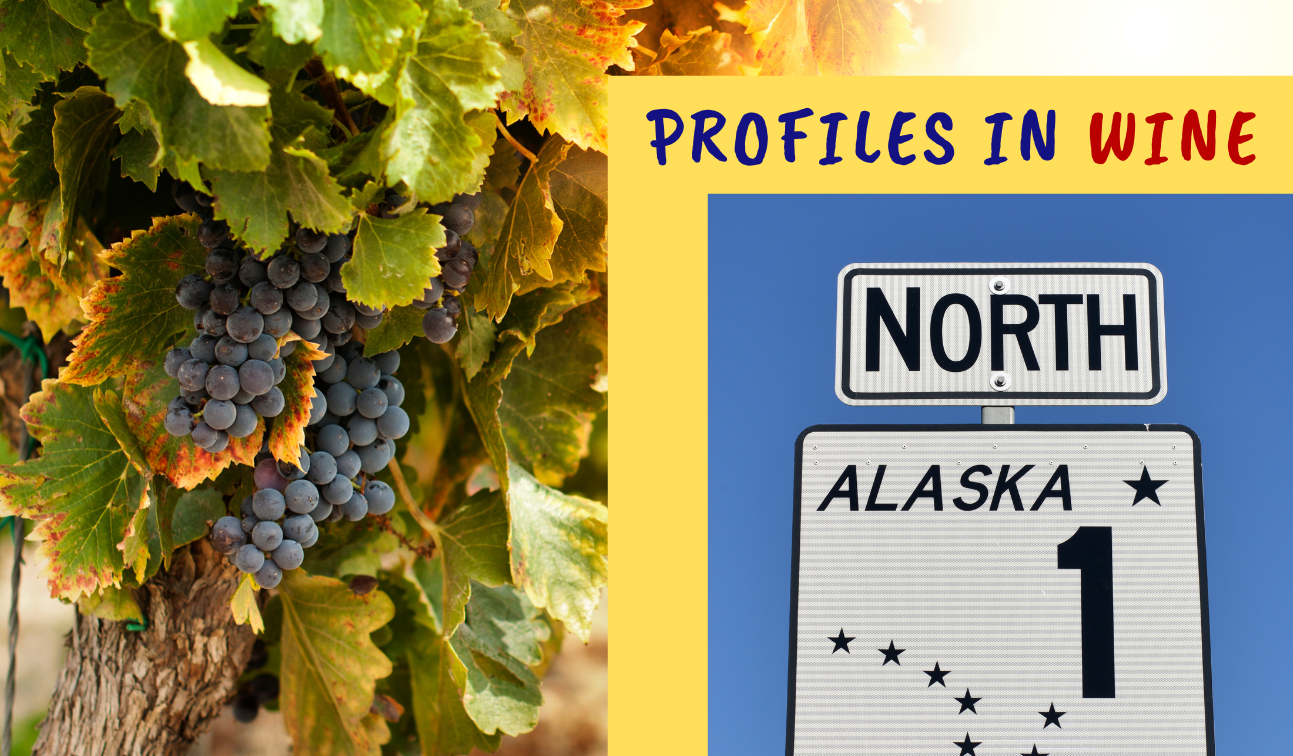Alaskan wine? You bet. Wine is produced and consumed in all 50 states.
The total impact in each state combines the Direct, Supplier, and Induced levels reaching from vineyards to local communities, so even a small wine-producing state can benefit greatly from our industry’s presence.
Alaska Profile
Alaska has four wineries, with two in Anchorage (Denali Winery, and Waites Winery), plus Alaskan Wilderness Wines in Kodiak and Bear Creek Winery in Homer.
Bear Creek Winery & Lodging
Bill and Dorothy Fry first got interested in winemaking in the mid-1990’s, and took the plunge in 2003 when they opened the winery, which includes luxury accommodations with views of Kachemak Bay. They were joined by their daughter and son-in-law who launched sister brand Glacier Bear Wines, made entirely from Alaska grown fruit. Since vinifera vines would not survive the long, cold winters, Bear Creek imports juice to blend with local fruits, like their Alaskan Chardonnay (70% lightly oaked Chard, 30% Rhubarb); and their Alaska-grown Strawberry Rhubarb wine took a Double Gold at the Finger Lakes International Wine Competition. www.bearcreekwinery.com
Great Grapes: Rhubarb
Okay, I know Rhubarb isn’t a grape, but Alaskan wineries have shown that non-grape fruits can also produce delightful wines, and in a climate like Alaska’s they’re a viable and tasteful option.
Alaska Economic Impact
Total Impact: $1.5 Billion
Direct (production, distribution, consumption): $117.8 Million (38%)
Supplier (goods and services): $93.4 Million (30%)
Induced (local community business benefits): $102 Million (32%)
Wine Producers: 4
Jobs: 2,454
Wages: $116.8 Million
Tourist Visits: 110
Tourist Expenditures: $37,200
Total Taxes: $13.75 Million
Federal Taxes: $16 Million
State and Local Taxes: ($2.3 Million)


